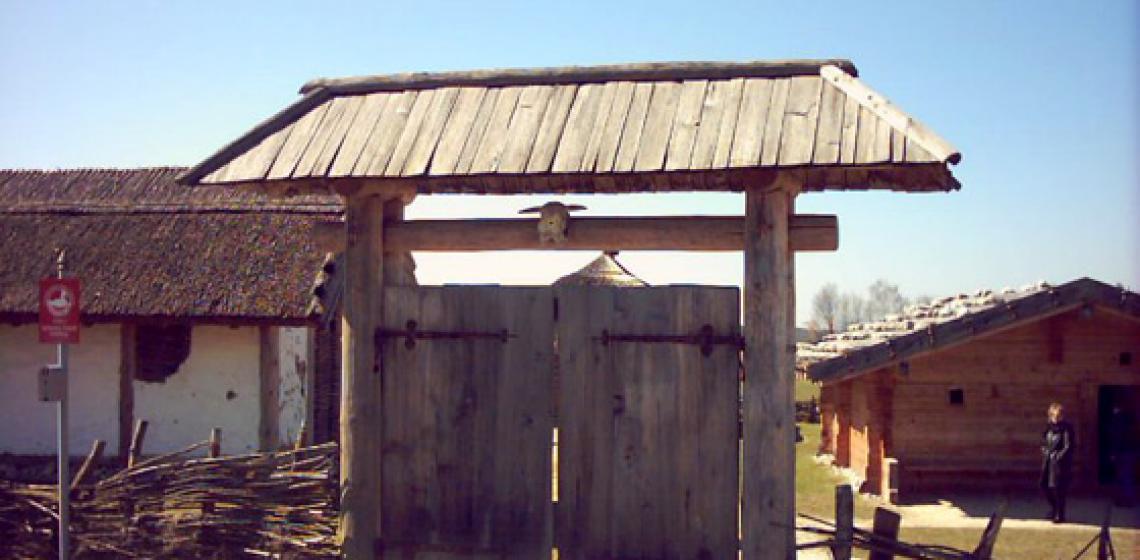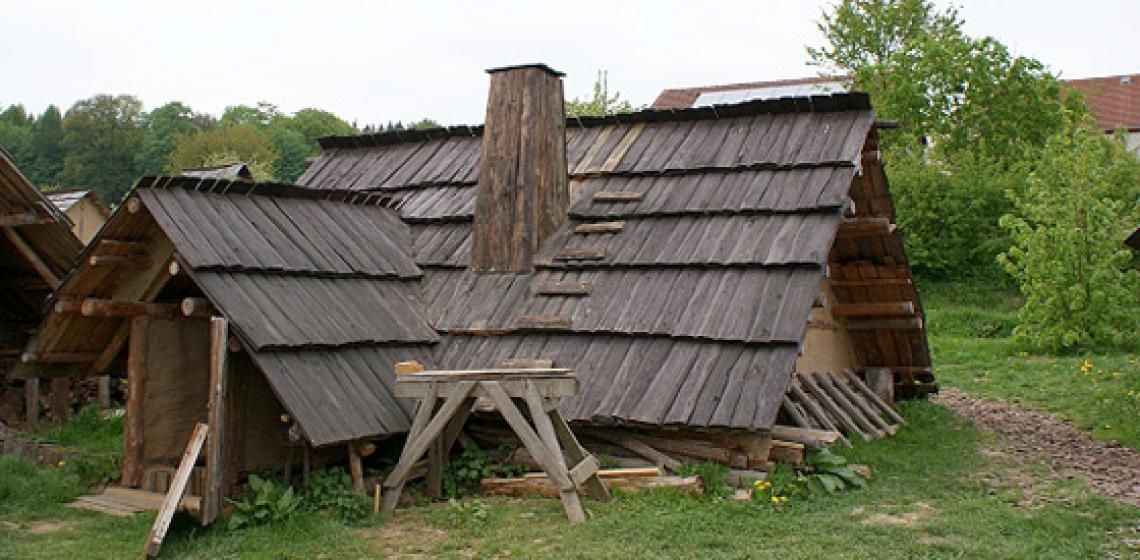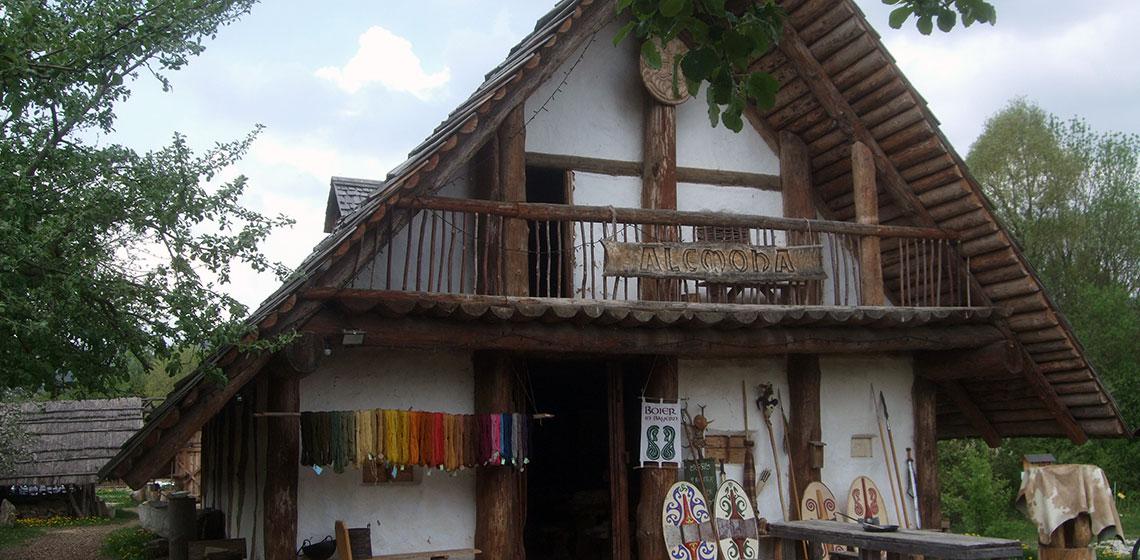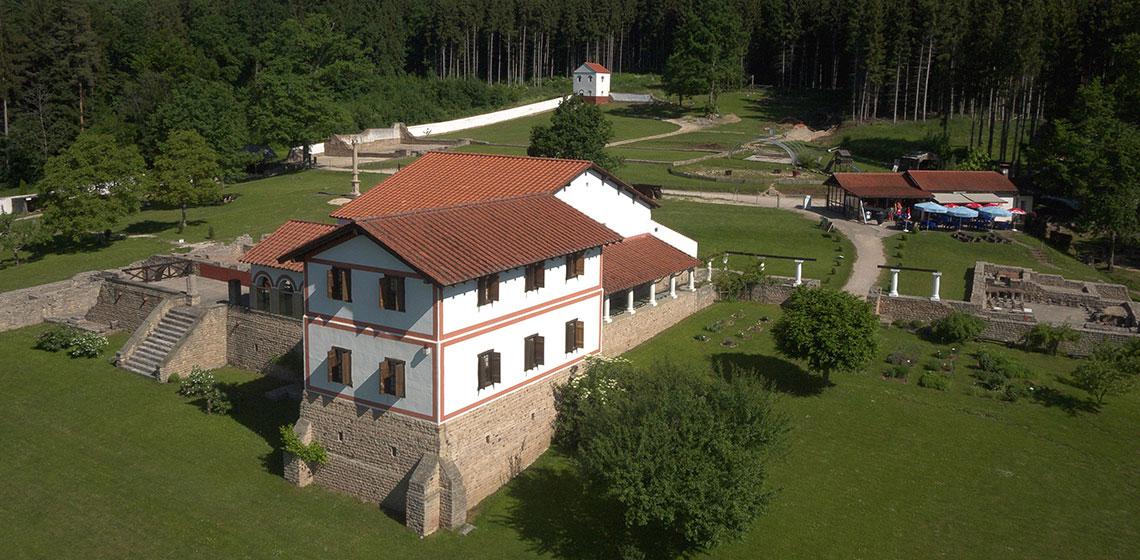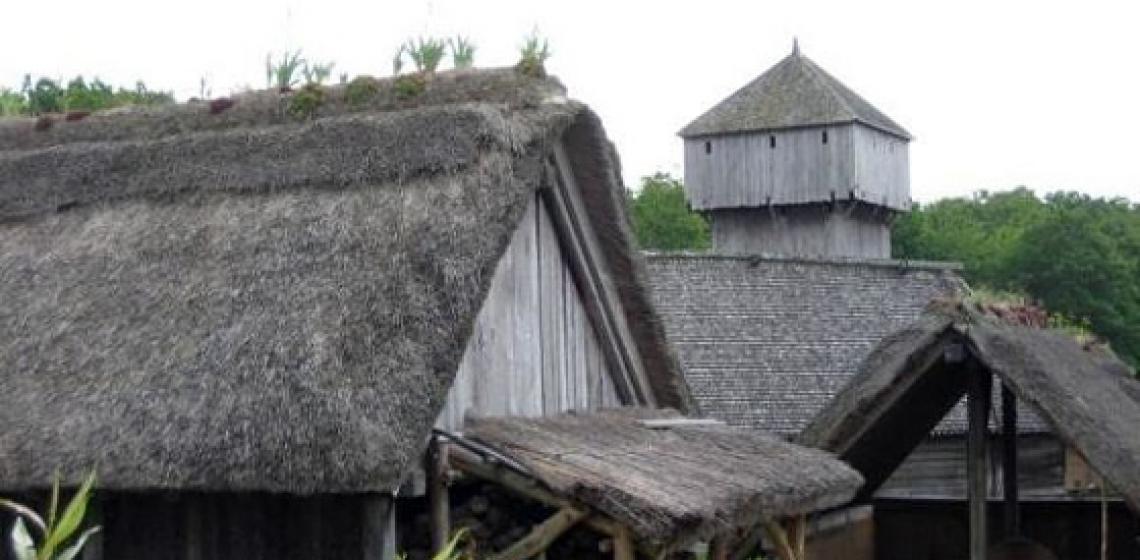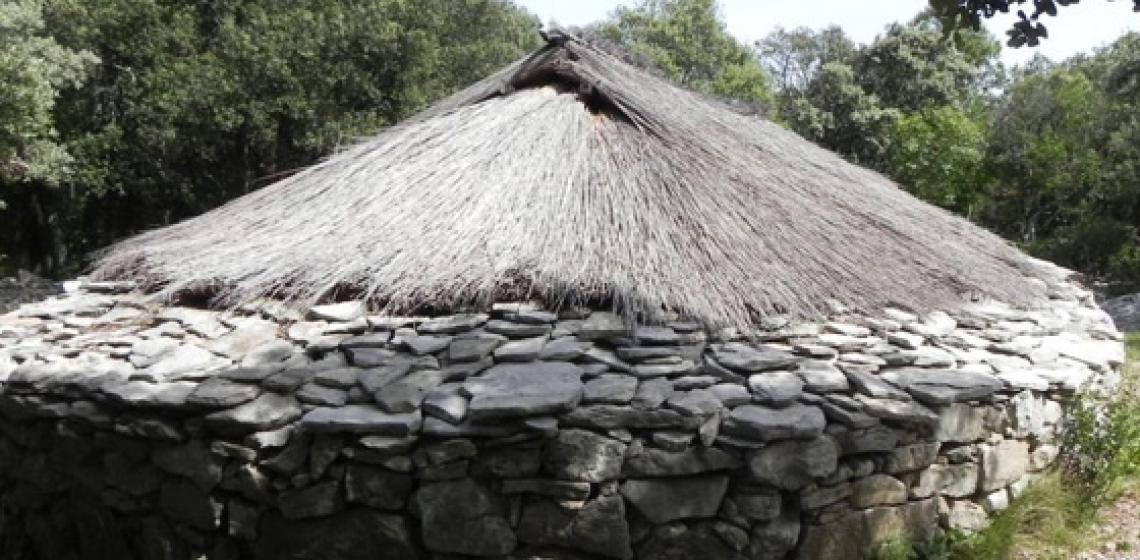Keltisches Gehöft Stöffling (DE)
Seebruck has a Roman Museum showing finds of Bedaium, which used to be situated here, on the road between Salzburg and Augsburg. This show case museum offers events every now and then with living history. Around the museum, a 27 km long route connects locations of historical and archaeological interest.
Seebruck has a Roman Museum showing finds of Bedaium, which used to be situated here, on the road between Salzburg and Augsburg. This show case museum offers events every now and then with living history. Around the museum, a 27 km long route connects locations of historical and archaeological interest...

